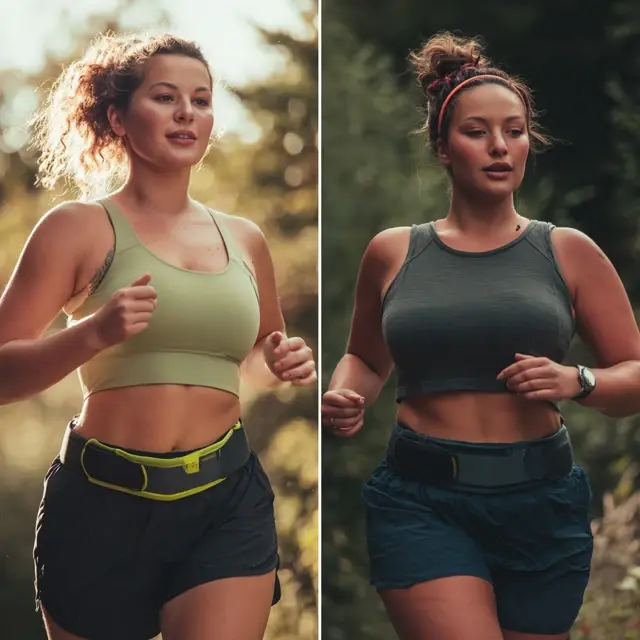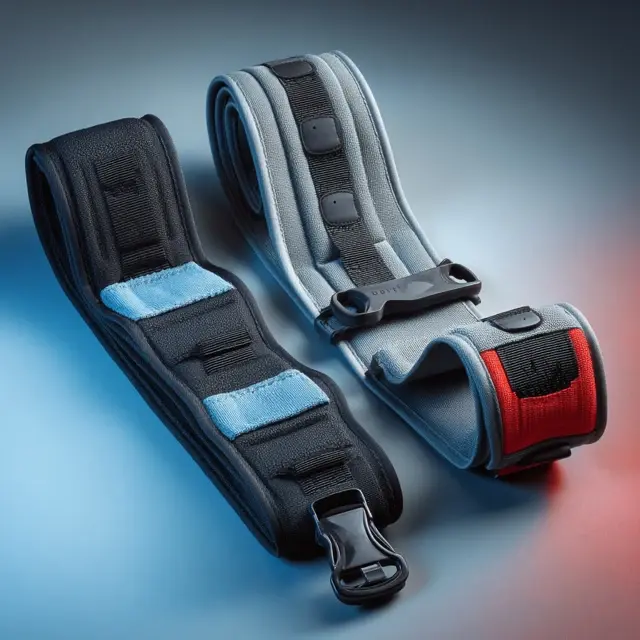Running Belt Fit Tips for Petite and Plus-Size Runners
Finding the perfect running belt isn’t a one-size-fits-all solution. Petite and plus-size runners often face unique challenges when it comes to securing a comfortable, stable fit. The right belt should adapt to your body type, provide easy access to essentials, and remain comfortable throughout your run. Here are expert tips for achieving the perfect fit.
Why Body Type Influences Belt Fit
Running belts are designed with general sizing in mind, but body types vary widely. Petite runners may struggle with belts that feel bulky or too loose, while plus-size runners often need belts with more adjustability and wider designs for stability. Choosing the right belt helps avoid bounce, chafing, and discomfort.
Fit Tips for Petite Runners
1. Opt for Slim Profiles
Compact, low-profile belts work best for smaller frames. They prevent overwhelming your waistline and feel lighter during short and long runs.
2. Look for Extra Adjustability
Buckles and elastic straps should offer a snug fit even for smaller waist measurements. Adjustable belts prevent slipping and bouncing.
3. Avoid Overloading
Petite runners may find heavier belts restrictive. Stick to carrying only essentials such as keys, ID, and a phone.
Fit Tips for Plus-Size Runners
1. Prioritize Wide Belts
Wider belts distribute pressure evenly, offering a stable fit that won’t dig into the skin during movement.
2. Choose Belts with Extended Sizing
Many brands now offer belts with extended strap lengths, ensuring a comfortable fit without feeling restrictive.
3. Focus on Stretch Materials
Elastic fabrics adapt to curves and body movement, minimizing bounce and maximizing comfort over longer runs.
Universal Fit Considerations
Regardless of body type, these tips apply to every runner:
- Measure accurately: Always measure where you’ll wear the belt, over clothes if needed.
- Test before race day: Wear your belt during training runs to ensure it performs well.
- Look for anti-slip features: Silicone strips or textured linings help keep belts in place.
Comfort and Accessibility
A well-fitting running belt should not only stay secure but also allow easy access to essentials. Petite runners may prefer front-facing pockets for convenience, while plus-size runners benefit from angled compartments that prevent twisting while reaching for items.
Conclusion
Every runner deserves a running belt that fits comfortably and securely. Petite runners should focus on slim, adjustable designs, while plus-size runners benefit from wide, stretchy options with extended sizing. By choosing a belt that matches your body type, you’ll enjoy distraction-free runs and greater confidence on the road or trail.
For more advice, explore our running gear fit guides and comfort-focused running accessories.




